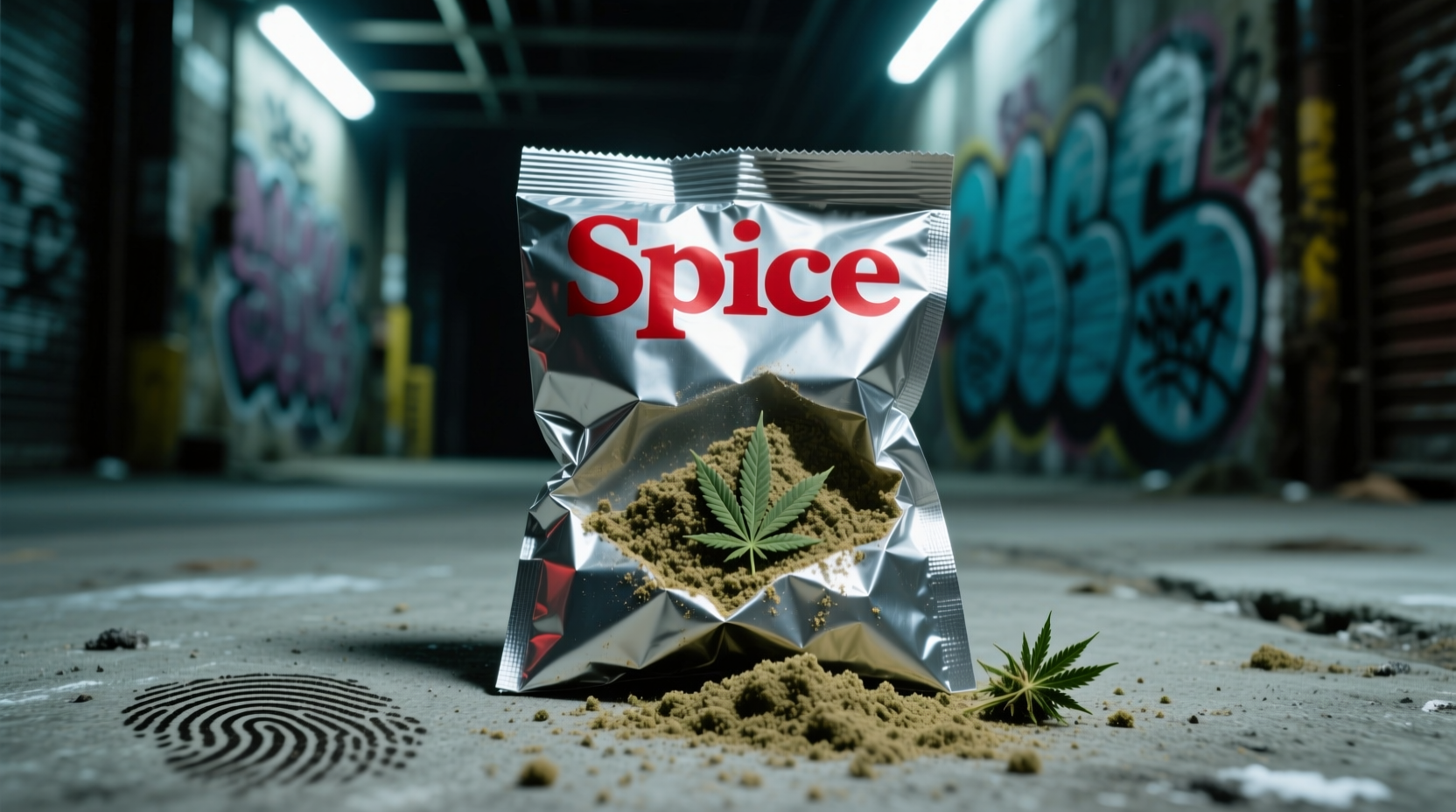Understanding Synthetic Cannabinoids: What Is Spice Drug Really?
When you search "what is spice drug," you're likely seeking clarity about a substance that's dangerously misrepresented by its name. Despite the confusing terminology, spice drug has zero connection to culinary spices like cinnamon or turmeric. Instead, it refers to synthetic cannabinoids—lab-created chemicals sprayed onto plant material to mimic marijuana's effects, but with significantly higher risks.
Developed initially for scientific research, these substances were quickly diverted to recreational use after manufacturers realized they could bypass drug laws. According to the National Institute on Drug Abuse (NIDA), over 150 different synthetic cannabinoid compounds have been identified since 2008, with new variants constantly emerging to evade legal restrictions.
How Spice Drug Works: A Chemical Danger Zone
Synthetic cannabinoids bind to the same brain receptors as THC (marijuana's active ingredient), but they do so with much greater intensity. While THC has a partial effect on CB1 receptors, synthetic versions often fully activate these receptors, causing extreme physiological responses. The Centers for Disease Control and Prevention explains that this overstimulation can trigger:
- Severe anxiety and paranoia
- Psychotic episodes requiring hospitalization
- Life-threatening increases in heart rate
- Seizures and kidney damage
| Characteristic | Synthetic Cannabinoids (Spice) | Natural Marijuana|
|---|---|---|
| Chemical Composition | Lab-synthesized compounds (JWH-018, AM-2201, etc.) | Naturally occurring THC and CBD |
| Potency | Up to 100x stronger than THC | Moderate, predictable effects |
| Health Risks | Seizures, heart attacks, kidney failure | Generally lower risk profile |
| Regulatory Status | Banned in most countries | Varying legal status globally |
Spice Drug Timeline: From Labs to Street Crisis
The evolution of synthetic cannabinoids reveals a dangerous cat-and-mouse game between manufacturers and regulators:
- 1980s-1990s: Academic researchers develop synthetic cannabinoids for scientific study of the endocannabinoid system
- 2004: First commercial products appear in Europe under names like "Spice Gold"
- 2008-2010: Rapid proliferation across US gas stations and head shops with misleading "not for human consumption" labels
- 2011-2013: DEA issues emergency bans on common compounds, triggering constant chemical modifications by manufacturers
- 2015-present: Shift to online sales with increasingly dangerous formulations causing nationwide emergency room spikes

Recognizing Spice Drug Use: Critical Warning Signs
Unlike culinary spices that enhance food safely, synthetic cannabinoid use presents immediate dangers. The Substance Abuse and Mental Health Services Administration reports these common symptoms appearing within minutes of use:
- Violent agitation and extreme paranoia
- Nausea and vomiting (sometimes severe)
- Rapid heart rate exceeding 150 beats per minute
- Confusion and disorientation
- Seizures requiring medical intervention
Emergency departments have documented cases where users required sedation and intensive care due to the extreme physiological effects. Unlike marijuana overdoses, which are rarely life-threatening, synthetic cannabinoid incidents frequently result in hospitalization.
Legal Status and Enforcement Challenges
All 50 US states have banned multiple synthetic cannabinoid compounds, but manufacturers continuously alter chemical structures to create technically legal variants. The Drug Enforcement Administration notes that by the time one compound is scheduled, manufacturers have already developed 2-3 new versions. This regulatory challenge explains why products continue appearing despite widespread bans.
What to Do If Concerned About Spice Drug Use
If you suspect someone is using synthetic cannabinoids, immediate action is crucial:
- Recognize medical emergencies: Call 911 immediately for chest pain, seizures, or extreme agitation
- Contact poison control: The American Association of Poison Control Centers reports synthetic cannabinoid cases have increased 300% since 2010
- Seek professional help: SAMHSA's National Helpline (800-662-4357) provides confidential treatment referrals
- Educate: Share factual information from NIDA rather than stigmatizing language
Recovery is possible with appropriate medical and psychological support. Unlike culinary spices that enhance our lives safely, synthetic cannabinoids require professional intervention for safe discontinuation.











 浙公网安备
33010002000092号
浙公网安备
33010002000092号 浙B2-20120091-4
浙B2-20120091-4